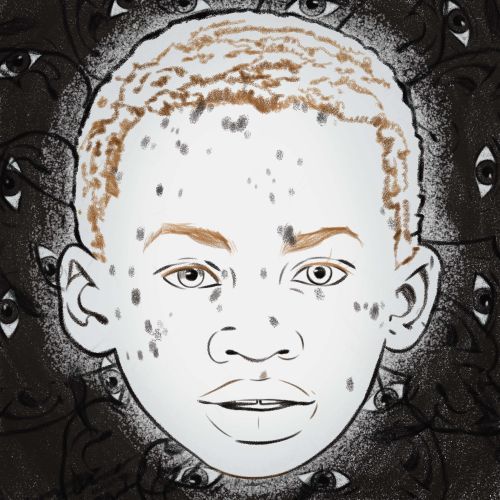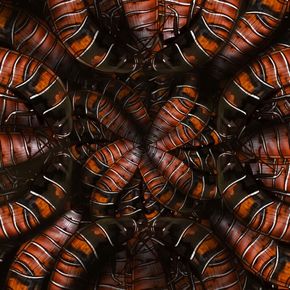Technology in human life: from robots in schools to the Haredi
According to experts from the Monell Chemical Senses Center and the Osmo startup, the machine learning model developed by Google DeepMind has achieved human-like proficiency in describing the smell of chemicals. This is a breakthrough in research that will enable the digitization of odours, their recording and reproduction, the identification of new odours for the perfume and food industries, and the reduction of dependence on plants at risk in the environment. New scents may also be created to repel mosquitoes or remove odours.
Will the arrival of robots in schools in Kumamoto encourage students to return to school? This is how this Japanese city is fighting the problem of absence at schools – robots are supposed to encourage truant students to study remotely, help them overcome fears and give them the confidence to return to school. Students working remotely using laptops will be connected to self-propelled robots with tablets, microphones, speakers and cameras. Meanwhile, after CCTV is installed in Effingham County, Georgia, high school classrooms, the cameras will also work at the local middle and elementary school classrooms. As local authorities explain, this initiative concerns safety and the desire to “recognize exemplary teachers.”
Mego’s job training program prepares Haredi – ultra-Orthodox Jews with little knowledge of the modern world – for careers in the high-tech sector. Most Haredi shuns modern inventions such as television and smartphones, which are perceived as a threat to their lifestyle.



























